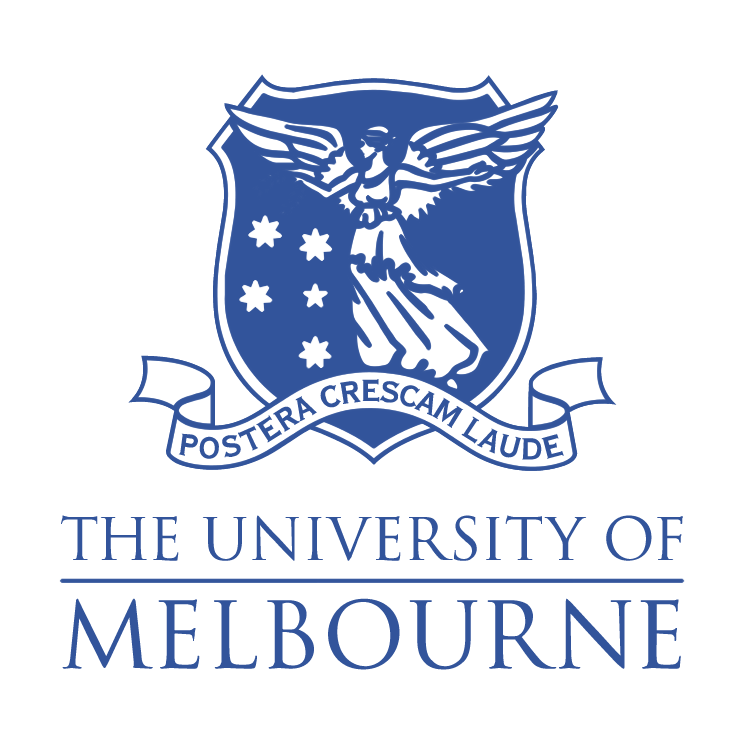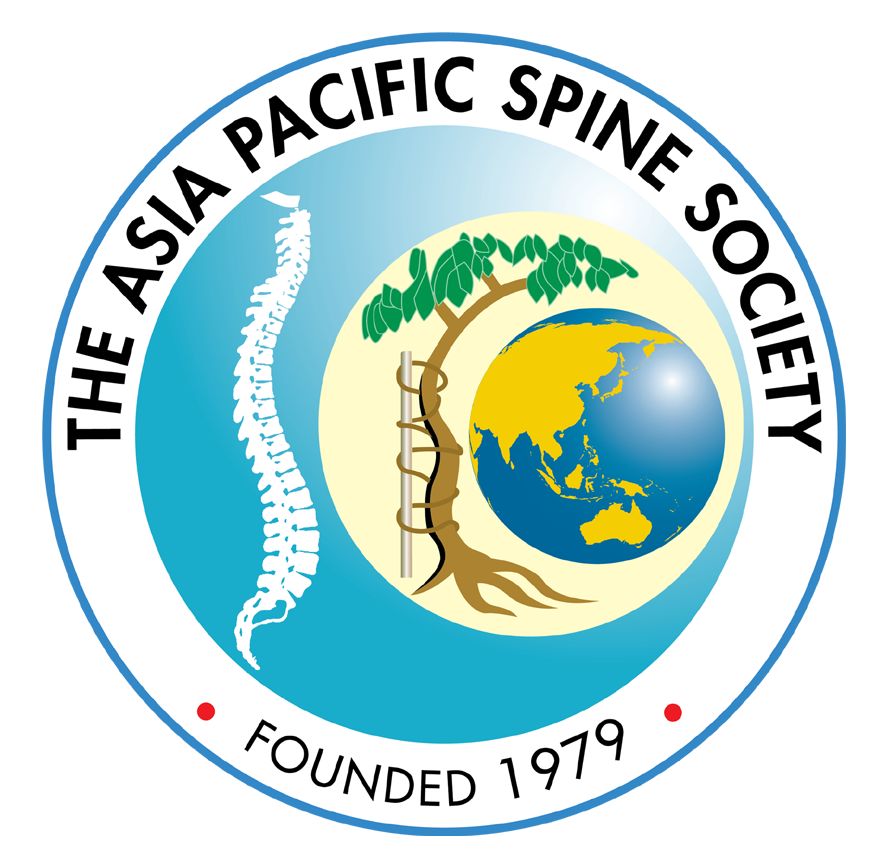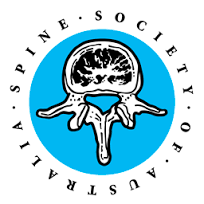Spine trauma and fractures
Spinal fractures are usually associated with high-energy injuries such as motor vehicle accidents, falling from a height, or a sporting accident.
The most common symptom of a spinal fracture is moderate to severe pain in the back that increases with movement.
There are seven bones in the neck and a break in any of those bones may be deemed to be a broken neck.
Any fracture in the neck can have serious consequences because the spinal cord runs through the center of the cervical vertebrae. Damage or injury to the spinal cord can result in paralysis or even death.
Fractures that occur during daily activities are most commonly associated with conditions that weaken the bone. These include osteoporosis, spinal tumors or spinal infections.
Treatment options include observation, bracing, and pain management. For some patients surgery aims to stabilize the spineand help to prevent further displacement.
Treatment
Treatment for spinal fractures will depend on the location and type of fracture as well as other the amount of neurologic compression.
For most patients, non-surgical treatment is appropriate.
Minor fractures can be treated with bracing.
More complex fractures or fractures with spinal cord compression may require surgery.
For patients with neurologic compromise or unstable fractures, surgical intervention may be needed to stabilise the fracture, remove any nerve compression and assist with healing.
Rehabilitation, including physiotherapy, is an important part to any treatment plan once the spinal fracture has fully healed.










